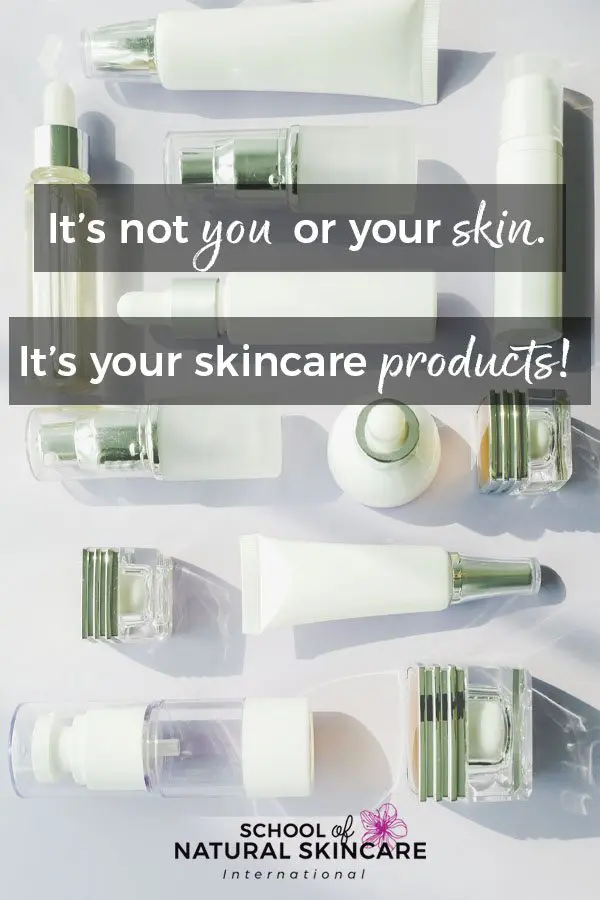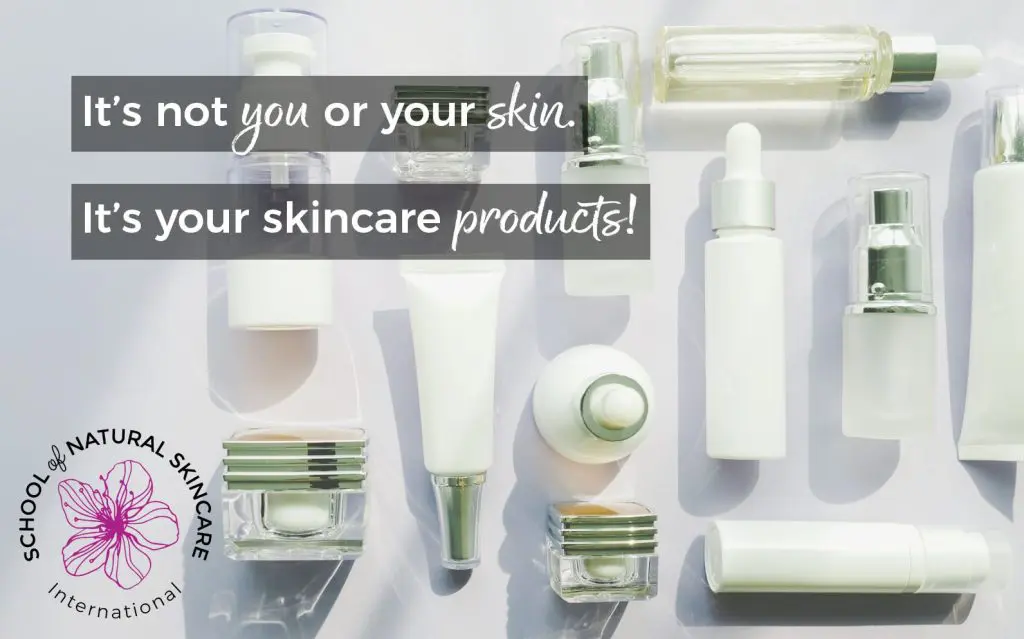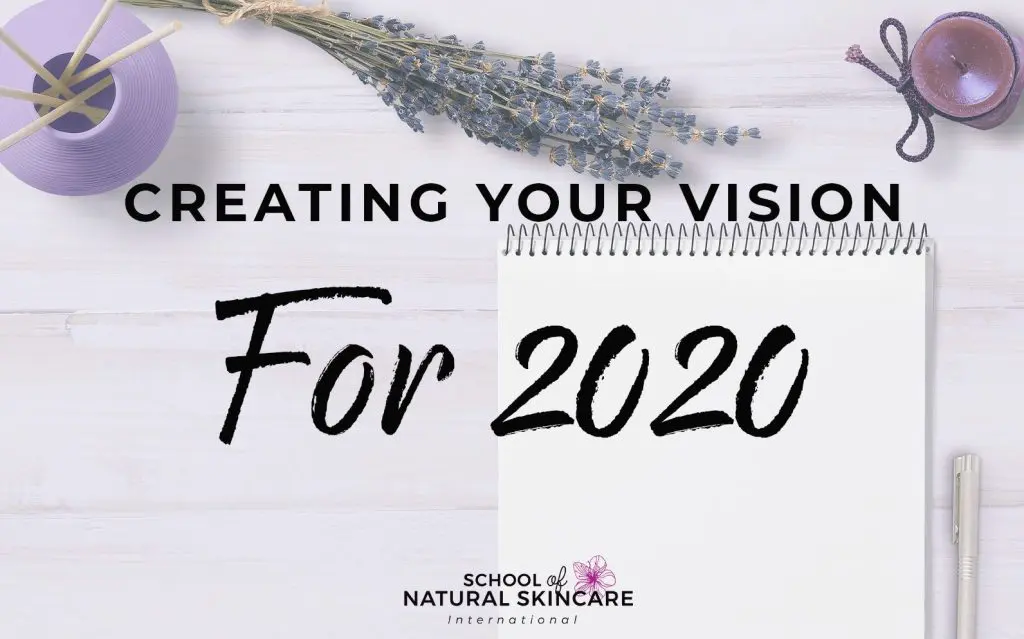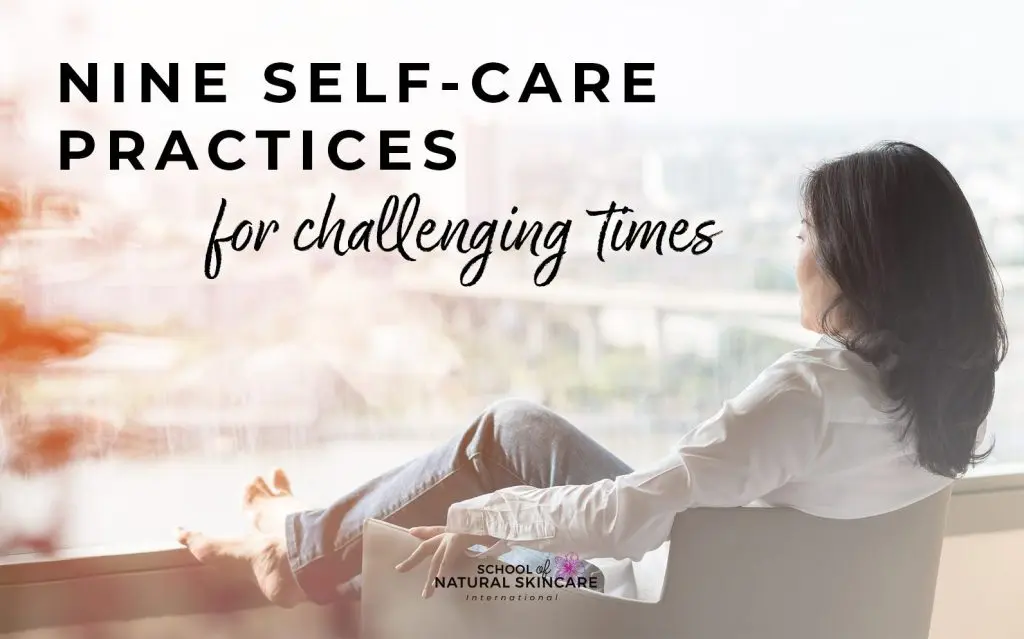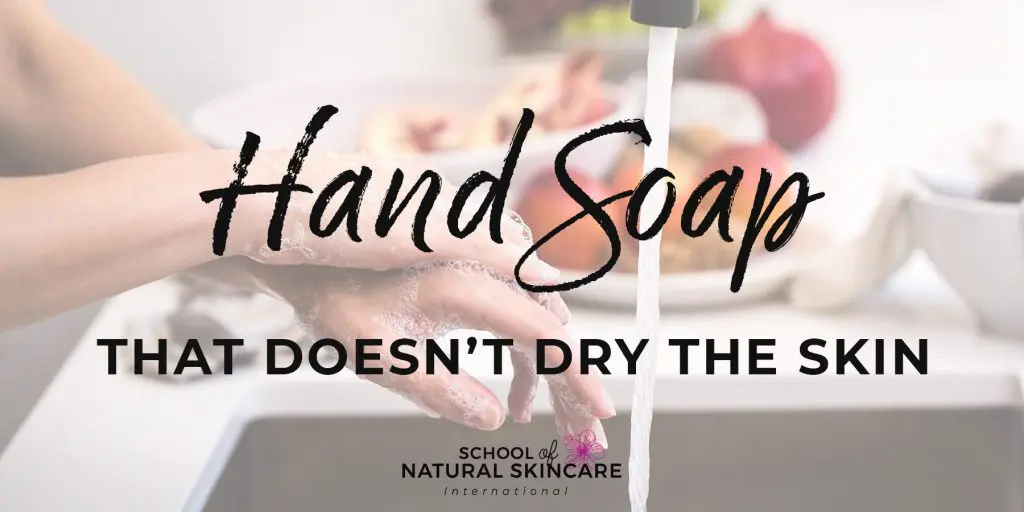If you’ve got a troublesome skin issue that just doesn’t seem to want to heal no matter what off-the-shelf product you try, then you know how frustrating, disheartening, and expensive it can be to try product after product and see no results! Or worse than seeing no result, someone else’s ‘holy-grail’ balm, cream, toner, tonic, or cleanser might actually make your skin worse. It’s just not doing what you expect—and you might worry, is my skin to blame? Is there something specifically about me that makes these products not work? Do I just have bad skin?
If you’re having trouble finding commercially-available skincare products that work for you, we have good news:
It’s not you or your skin, it’s your skincare products!
Just because the products you’ve tried don’t work for you, doesn’t mean that you just have ‘bad skin’ and can’t do anything about it—it simply means that you haven’t found the right answer for your skin’s needs. You shouldn’t just give up hope and throw in the towel, or let that negative self-talk get to you.
We’ve seen it before, how devastating it can be to feel like your body is to blame. It’s not! If you’ve got problem skin that doesn’t play nicely with the products you’ve been using, hope is not lost. You can still learn what to use, and what to avoid. Healing your skin is possible!
Here’s what one of our students shared with us, after joining our course:
“This is probably similar to most people’s stories, but as a kid I did not have ‘smooth as a baby’s butt’ skin. I had rough, reactive, scaly skin that made me really sad, and look older! I went most of my life believing that ‘oh well, I guess my skin is just awful,’ and blamed my skin. When in reality it was the products I was putting on it.
I felt like I tried EVERYTHING out there, the best, the most expensive, even the natural ones made me react. I had a healthy organic diet, so of course it was simply my skin that was terrible.
Once I started making my own products, I realized that I am just allergic to a lot out there which is why I even reacted to natural products on the shelf. Even if their ingredients were good, my skin may not like them. Making my own products gives me control to narrow down which ingredients my skin likes. I am forever grateful for this discovery.”
So, What’s Going On?
If the products you’ve been choosing aren’t a good fit for your skin, then you can start to shift your perspective and look for an answer to the puzzle of why they aren’t working.
Here are what we see as the top five reasons:
- Your skin isn’t getting what it needs, maybe because you don’t know what it really needs. Skin types and concerns can sometimes be very difficult to identify and you might not know what your skin really needs.
- Your skin is getting too much of something and too much of even a good thing can be bad. For example, even the best, most nourishing vegetable oils can be too much for someone, if they are used in wrong amounts and wrong formulations.
- You’re over-cleansing and damaging the skin barrier. This is such a common issue, especially with oily skinned people.
- You’re allergic to something, possibly a perfume or colorant or something? Just because it is natural or organic, doesn’t necessarily mean it is fine for your skin. You may have a reaction to some of the ingredients e.g. the essential oils used. Essential oils are very complex mixtures of molecules, and many of their constituents can cause allergic reactions, much like artificial fragrances.
- You’re dealing with an internal issue that’s showing on your skin, a symptom of something else—diet, hydration, hormones, environment.
- You’re using a product with an irritant. Many commercial products contain harsh ingredients that can irritate the skin.
Your specific skin concerns might be a result of one, two, or a combination of all of these factors.
Think like a Skin Detective
We hear stories just like this one more often than you’d think. (In fact, problems with commercially-available skincare products are one of the top reasons why our new students want to come make their own products!) And it might seem a bit overwhelming, trying to pinpoint what the real issue is in the products you’ve tried. Here are some quick tips for the most common issues, to get you started.
Skin Type or Skin Trouble?
If you have quite oily skin, or quite dry skin, you most likely have been trying products that are specifically labeled for that skin type. Those products might work for some people, but for others, they don’t. If they aren’t working for you, then it’s likely that there’s something else going on beyond a general skin type.
People with very oily skin tend to use harsh cleansers and drying products filled with alcohol, to minimize oily feel on their skin. They want to strip away that extra oil in the hopes that their skin will calm down and balance, but skin tends to respond to those ingredients by producing even more oil. This obviously makes the problem worse, not better!
Also, in many cases, oily skin still needs moisturizing and emollient skincare. Even skin that appears visibly oily might be secretly dry, because it’s lacking in moisture, and oily, due to overproduction of sebum at the same time. (Fun, right?) With proper care that includes humectants, suitable emollients, and even the right type of occlusives, you can balance your skin’s sebum production and turn oily skin into normal skin.
On the other end of the spectrum, people might experience dry skin for a variety of reasons. It might be dry because it’s lacking in lipids, due to a disrupted barrier, or due to a lack of moisture. Or, a combination of both! Products need to be designed differently for each of those situations. One person with dry skin might need a product with more emollients, occlusives, and barrier-supporting ingredients, while another person might require more humectants. It truly depends on what your skin needs.
Identify and Avoid Irritants
If your products are feeding your skin and providing more of what you need, the next step is to use less of what you don’t—and in this case, nothing at all, if an ingredient is an irritant. Specific irritants can be tricker to identify, but one way to do so is through a skin detox.
With a skin detox, you take out products from your routine that contain the most harmful and common irritants, and then let your skin react naturally and respond to no longer coming into contact with them. Check out the 8 ingredients to detox from your skincare routine and the 12 toxic and harmful ingredients in makeup and skincare products you must avoid for more information on identifying and detoxing from common irritants.
Inside, Outside, and All Around Us
Skin is our bodies’ largest organ, a living, breathing part of us, which plays a very important role. In addition to all of the sensory and immune functions, and the super useful job of making sure our organs don’t fall out, skin protects us from our external environment—the pollution, chemicals, weather, and climate around us. It’s possible that some skincare troubles are a result of the non-skincare products that our bodies come into contact with. What are you using to clean your home? What soaps or laundry detergents are you using? How often do you touch your face, potentially bringing those soaps into contact with your facial skin?
Our skin is a reflection of our internal environment as well as the external. It takes a battering not only from things we put onto our bodies, but the things we put inside. The products we apply to our skin are just one piece of a puzzle. They can be a very important piece, but there can also be other underlying conditions—allergies, food sensitivities, hydration, and more—which change how our skin appears. It’s possible to shift your perspective and become more mindful of what your skin is telling you about your body, inside and out. Are you nourishing your skin through proper hydration and a healthy diet?
Go Natural (The Right Way!)
Synthetic ingredients tend to get blamed for a lot of problems, and in many cases, that can be a very legitimate grievance. We go into more detail about what ‘natural’ really means in this article, but it’s important to note that just because your skincare product is made from the most natural, organic, and wonderful ingredients, it can still be wrong for your skin.
While natural ingredients are more complex in their chemical structure and bring phytonutrients to the skin, even the best naturally-derived and minimally-processed oils, for example, can be unsuitable for a specific skin type—while an oil-derived petroleum jelly can do wonders for skin with disrupted barrier function. And, likewise, something like mineral oil, which is a synthetic ingredient, might not contain the antioxidants, vitamins and other phytochemicals in a natural oil, it can still do good for the skin (if if is not contaminated with other petrochemicals.)
Each one of us is different. If you’ve struggled to find products that work for your sensitive and stubborn skin, don’t beat yourself up about it. The right product and treatment is out there. Some people can use little or no products and look fabulous, and others need to use more products, or more specialized ones, and that’s okay.
Really understanding skin function and what benefits different ingredients provide will help you formulate products that actually do what they say they will do. Switching to natural skincare isn’t everything, your products also need to be properly formulated for you! (Which is what our courses teach…) People can certainly still have reactions to natural and even organic ingredients. The more you learn about skin and skincare, the more you empower yourself to truly find effective, long-lasting, and much more affordable solutions to soothe your troubled skin.
So now you’ve become the mother of all skin detectives… You’ve begun to identify some potential problems and tracked down possible skin issues to their source. You know it’s not just you, or your so-called “bad” skin that’s giving you trouble. What about the solution? What can you do?
Learn to Formulate like a Pro
Whatever your skin complaints may be, the single most important thing we want you to take away from this is to not beat yourself up. We’re not saying you have to radically change your diet, sell everything and move somewhere with perfect weather and no pollution, or drastically adjust your lifestyle. In fact, it’s possible for someone to still have skin problems, even with a healthy diet and minimal external irritants, because they still might not be using the right products. You can now become a little more aware of the effect of all of these influences and perhaps see if some small changes might yield big results. Control what you can control—that’s where you’ll make the biggest difference. And one thing you can control is what products you apply to your face, what goes into them, and what effects those ingredients are having on your skin.
When you learn to make your own products, you are in control. You understand what goes into your products, and you can tailor them to suit your needs—so whatever skin type or problem you have, it is possible to create something for yourself as good as, if not better than, what you can find in stores, and for a fraction the price. You just need to know how… and that’s where our range of courses come in!
Your skin is a hero! It’s the front-line soldier against everything the world throws at you. Learn to give your skin something radiant, something delicious, something wonderfully nourishing. Let your skin dine out on the best nutrients it could possibly wish for.
Even natural and organic products off the shelf can contain things you might need to avoid. In reality, the only way to truly know what’s in the products you use is to make your own. The only way to ensure your products contain the essential ingredients required to treat your skin type and conditions is to select the ingredients yourself in the products you make for yourself.
Free Online Organic Skincare Formulation Course
Fundamentals of Skincare Formulation
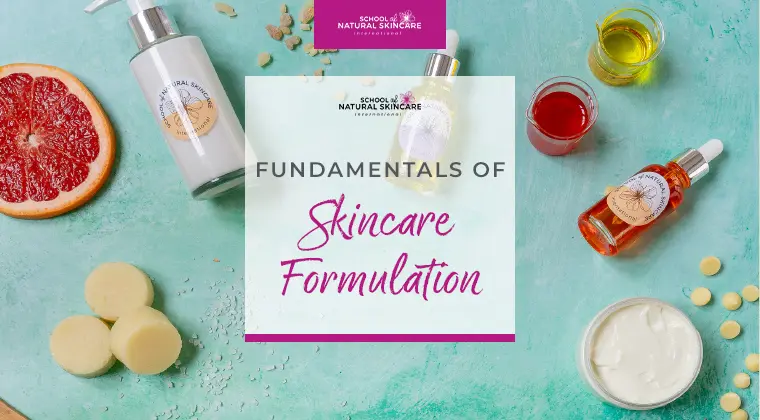
Learn the essentials of skincare formulation with our FREE course!
If you’re confused by all the misleading information out there, we’re here to guide you. Learn how to create natural and organic products confidently, using industry best practices, under the guidance of professional cosmetic scientists.
Exclusive for our newsletter subscribers. Sign up now.
We look after your data in accordance with our privacy policy.
What you’ll learn:
- Formulation Foundations: The basics of cosmetic chemistry and skincare formulation.
- Bodycare: Make a shea-butter-rich body moisturizer with our pro formula.
- Facial Skincare: Rejuvenate your skin with our two facial oil formulas.
- Creams & Lotions: Create shelf-stable moisturizers using our tried-and-tested formula.
- Natural Ingredients: Understand the key natural and organic ingredients used in formulations.
Exclusive for our newsletter subscribers. Sign up now and start formulating your own natural products today!
Enjoyed reading this blog post? Save this image below on Pinterest so you can be sure to remember!
